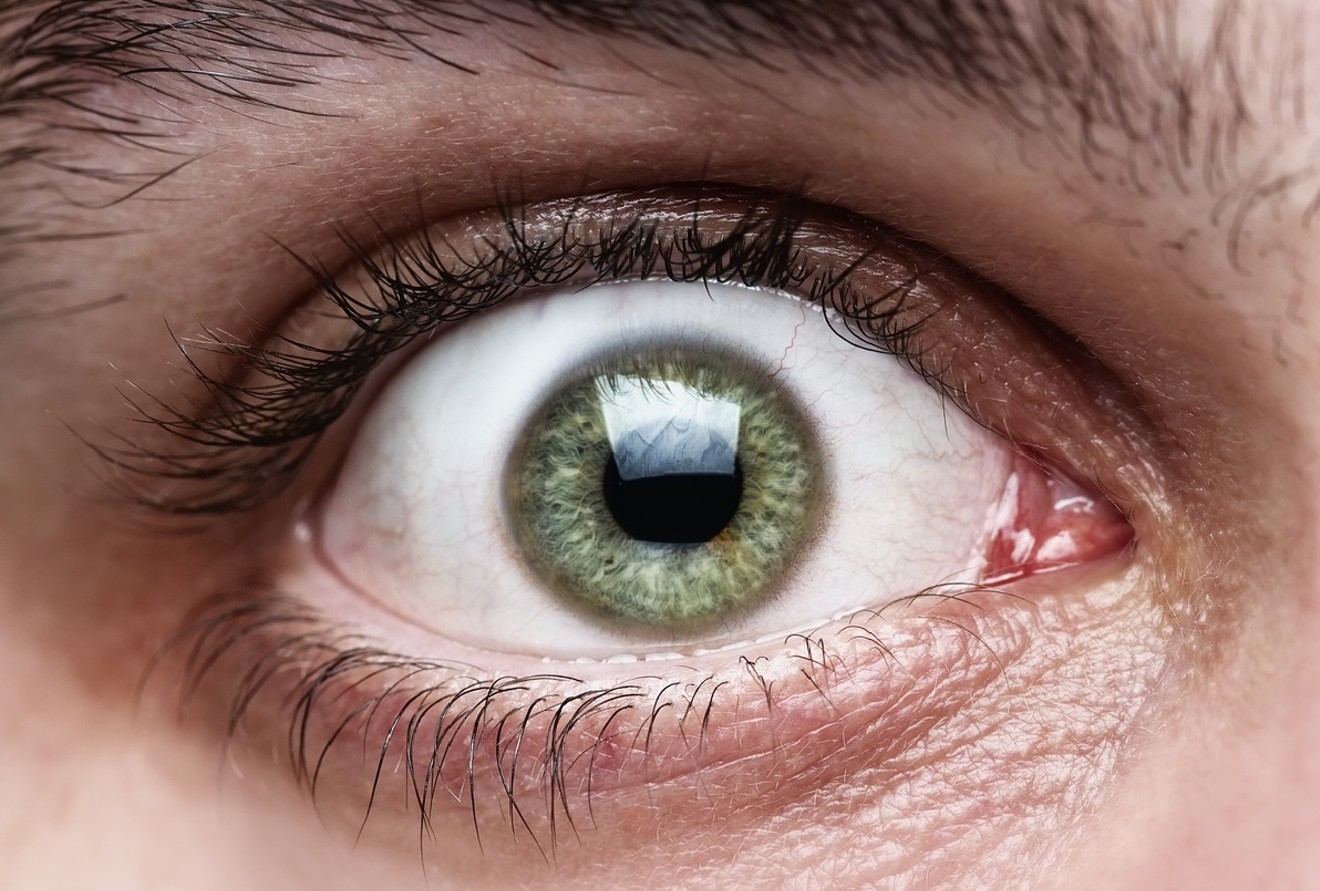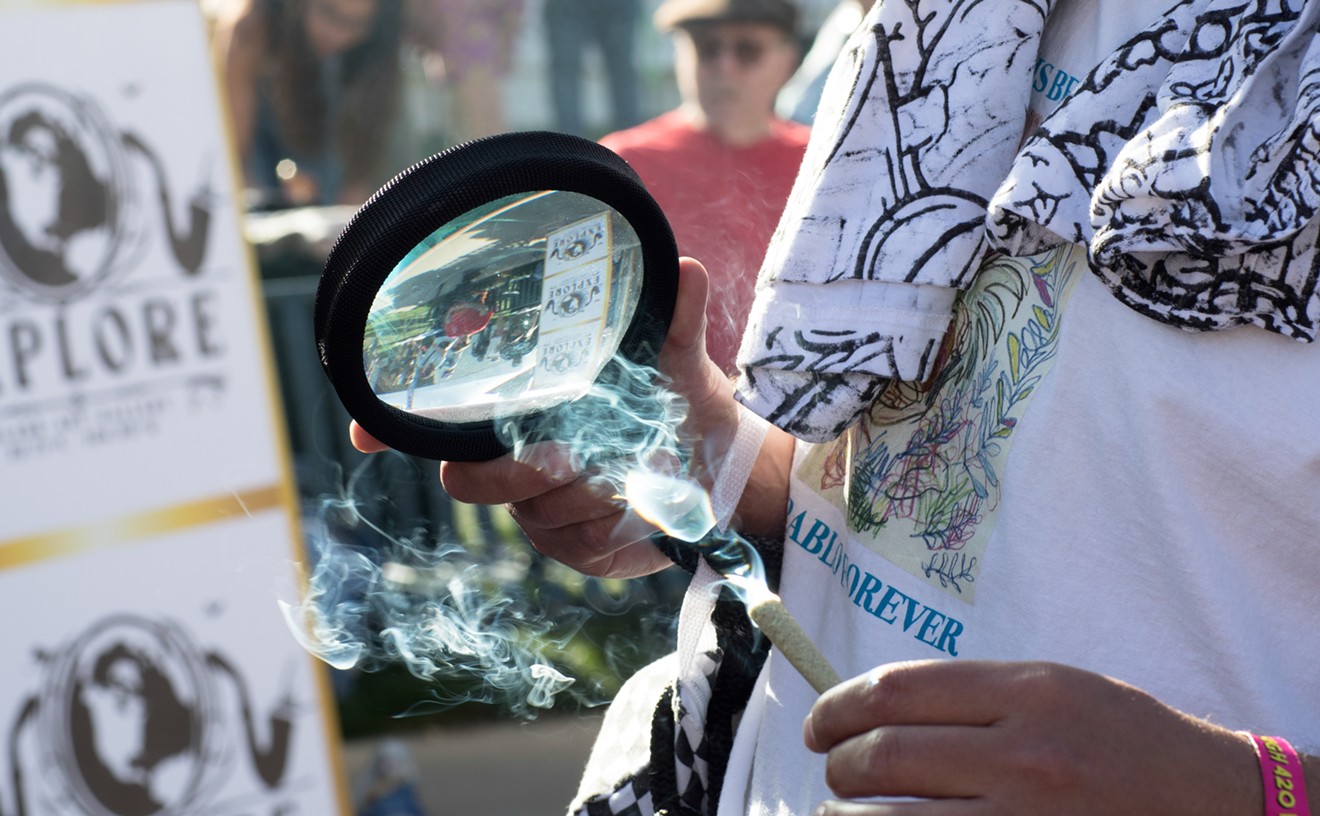The struggles behind effectively identifying stoned drivers have only grown for law enforcement as marijuana legalization spreads across the country. Detecting pot impairment isn't as simple as using a breathalyzer, blood test or urine sample, as THC can affect everyone differently at varied paces. But law enforcement consultant Chuck Hayes (not the 6' 5" power forward who couldn't shoot free throws) believes eye movement can help police officers get a better grip on stoned drivers.
Hayes, who directs drug and alcohol impairment driving programs for the International Association of Chiefs of Police, helped lead a study in 2016 that examined several hundred case studies of drivers who were arrested for marijuana impairment — and no other reported substance use — with a mix of drivers both above and under the 5-nanogram-blood-THC limit many states currently use. His team then studied the driving habits of non-impaired drivers in a controlled environment and compared traffic violations, impairment test results and driving performance.
"It's an old drug creating a lot of new challenges," Hayes said while showcasing his findings in a recent webinar. "A lot of researchers have a tough time coming to a solid conclusion as to what [marijuana] impairment level might be in the blood, but with alcohol, we have some pretty established levels."
Although THC levels can be detected in a driver's blood, they tend to spike shortly after smoking, leaving a novice user more impaired than their blood levels may suggest; the near-opposite can be said for regular users, who regularly have high THC levels in their blood over twelve hours after consuming.“As corny as it sounds — and I’ve been using this phrase for a number of years — there’s no BAC [blood alcohol content] for THC. We just can’t go there."
tweet this
These obstacles in scientifically detecting impairment have made Drug Evaluation and Classification Program training and the roles of Drug Recognition Experts, or law enforcement officers trained to identify impairment, even more important, Hayes believes, especially when officers make eye contact with drivers.
According to his study, nearly 86 percent of the marijuana impairment cases he studied had some sort of eyelid tremor, while nearly 71 percent had noticeable pupil dilation. Police officers also look for other "eye cues" when pulling over a driver, he said, such as droopy, reddened, watery and bloodshot eyes. At least one of these cues was found in 95 percent of the impairment cases, the study shows.
Hayes pointed out that these factors aren't proof, but he believes eye movement is "very critical" in the initial stages of detecting marijuana impairment, as are factors such as dry mouth or a white-coated tongue, poor balance during roadside testing and a high pulse. A similar study conducted in California and published in the Journal of Forensic Sciences found strikingly similar data points.
“As corny as it sounds — and I’ve been using this phrase for a number of years — there’s no BAC [blood alcohol content] for THC. We just can’t go there," he said. "We need to do a better job of understanding and recognizing cannabis impairments. With legalization, the more frequent use and relaxed polices about using marijuana, [this] has made its way to our roads as well."
According to State Patrol Lieutenant Colonel Barry Bratt, 455 people died on Colorado roads from the beginning of 2018 through October 1, and around 25 percent of those deaths were related to some sort of impairment from alcohol, marijuana or other drugs.
Colorado has seen a rise in fatal crashes involving THC since 2014, according to a comprehensive report on legal marijuana's impact from Colorado Division of Criminal Justice. State law enforcement and safety agencies have taken notice, with the Colorado State Patrol now employing fifty DREs to help detect stoned drivers, and the Colorado Department of Transportation has launched a handful of campaigns aimed at public education about marijuana impairment and gaining citizen perspective on the dangers of stoned driving.
In October, CDOT and the Colorado State Patrol partnered with the National Highway Traffic Safety Administration for a new safety campaign aimed at the 800,000 drivers estimated to be using Colorado roads. Dubbed "If You Feel Different, You Drive Different,” the campaign uses media and fact sheets that are heavy on the message "Drive high, and get a DUI."












